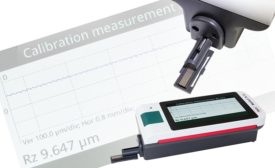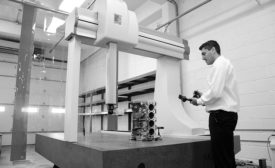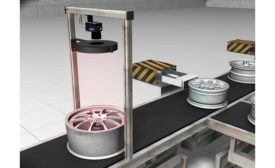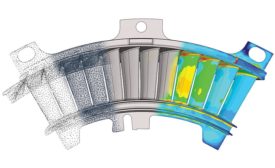Home » Keywords: » structured light
Items Tagged with 'structured light'
ARTICLES
The measurement of surface finish has come a long way in the past 70 years.
Read More
Choosing the Right 3D Scanner
A quality engineer describes how he picks the right tool for the job.
October 1, 2018
Reverse Engineering: A Basic How-To
The advancements in technology over the last 20 years have been amazing.
June 1, 2017
Stay in the know with Quality’s comprehensive coverage of
the manufacturing and metrology industries.
eNewsletter | Website | eMagazine
JOIN TODAY!Copyright ©2024. All Rights Reserved BNP Media.
Design, CMS, Hosting & Web Development :: ePublishing





